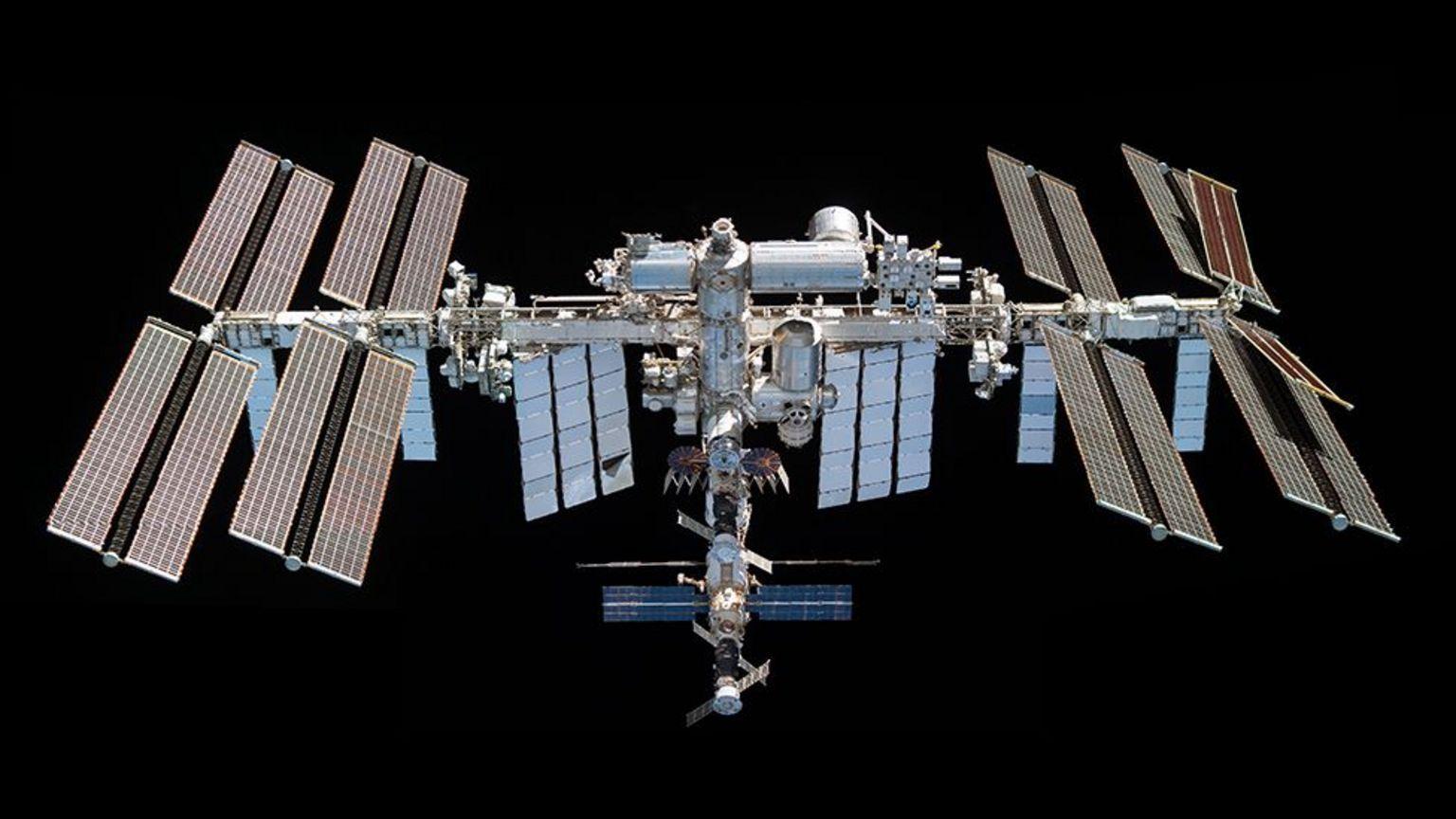NASA chose SpaceX, owned by Elon Musk, to take down the International Space Station at the end of its useful life.
The California-based company will build a vehicle capable of pushing the 430-ton platform orbiting our planet into the Pacific Ocean early in the next decade.
The contract, worth $843 million, was announced on Wednesday.
The first elements of the International Space Station were launched into space in 1998, and crewed operations began in 2000.
The station rotates around the Earth every 90 minutes at an altitude a little higher than 400 km and thousands of scientific experiments have been carried out there, in which all types of phenomena have been investigated, from the aging process of beings humans to the formula for new types of materials.
Engineers say the structure of the lab remains quite sound, but plans need to be put in place for its eventual removal. Without any intervention, the platform would eventually fall to Earth on its own, posing a considerable risk to the planet’s population.
“Choosing a deorbit vehicle for the International Space Station will help NASA and its international partners ensure a safe and responsible transition into low Earth orbit at the end of station operations,” Ken Bowersox, director of space operations of the organization.
The United States and Russia lead the ISS. Europe, Canada and Japan play supporting roles. Western countries have agreed to fund the station until 2030; Russia says its involvement will continue until at least 2028.

NASA has studied several options for disposing of the space station at the end of its useful life, including dismantling the station and using its younger components in a next-generation platform. Another idea has been to simply hand it over to a commercial company for operation and maintenance.
But all of these solutions come with various complications, both in terms of complexity and cost. And then there is the legal problem of having to resolve ownership issues.
Neither NASA nor SpaceX have released design details for the tugboat that will lift the International Space Station out of orbit, but it will need a considerable boost to guide it safely into the atmosphere, in the right place and at the right time.
The platform’s large mass and size (it is roughly the size of a football field) means that some of its structures and components will have to withstand the heat of reentry and fall to the planet.
The controllers will allow the orbit of the International Space Station to fall naturally over a period of time and, once the last crew has been removed, they will direct the tug to execute the final maneuver of leaving the orbit. .
The space debris will be headed to a remote location known as the Pacific Pole of Inaccessibility, or Point Nemo.
Named after the famous underwater sailor from Jules Verne’s book “20,000 Leagues Under the Sea”, it is located more than 2,500 km from the nearest land mass.
NASA hopes that several private consortiums have begun launching commercial space stations by the time the International Space Station disappears from the sky.
The focus of space agencies will shift to a project to build a platform called Gateway that will orbit the Moon.
Keep reading:
* SpaceX’s Starship will take an SUV-sized rover to the Moon in 2026
* SpaceX civilian trip to space: Japanese millionaire has already chosen the 8 people who will accompany him
* NASA awarded SpaceX five more missions for the Space Station through 2030

Click here to read more stories from BBC News Mundo.
You can also follow us on Youtube, Instagram, TikTok,X, Facebook and in our new WhatsApp channelwhere you’ll find breaking news and our best content.
And remember that you can receive notifications in our app. Download the latest version and activate them.
- What is Point Nemo and where is it, the “most inaccessible place” on Earth?
- The Chinese probe Chang’e-6 achieves a historic feat: it brings samples of the mysterious hidden side of the Moon to Earth for the first time
- Who owns the Moon?: the question posed by the new space race to conquer our natural satellite
